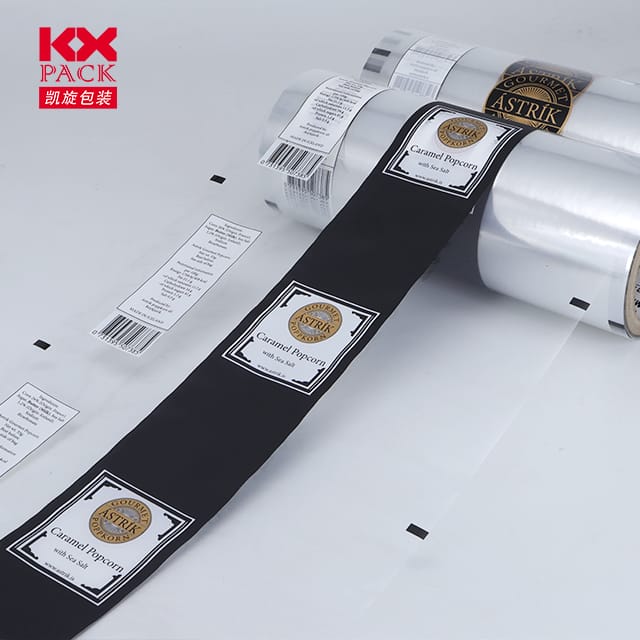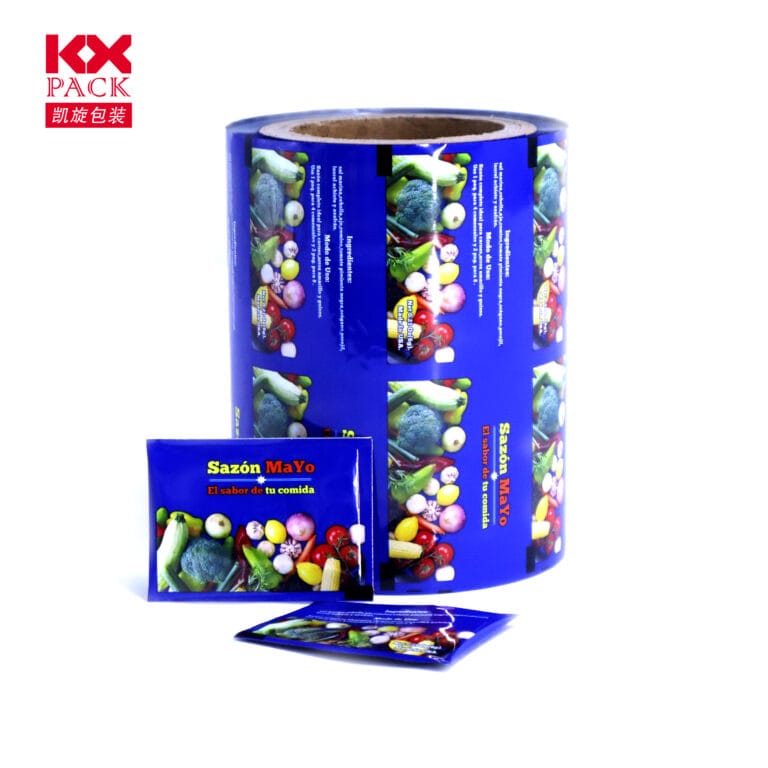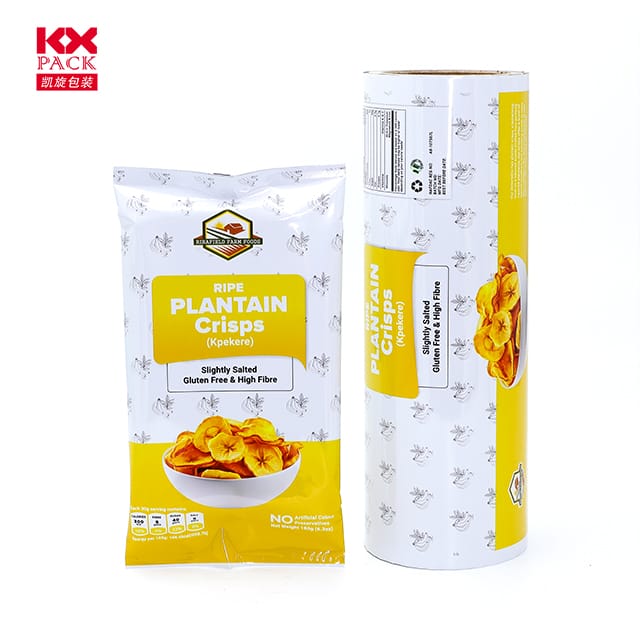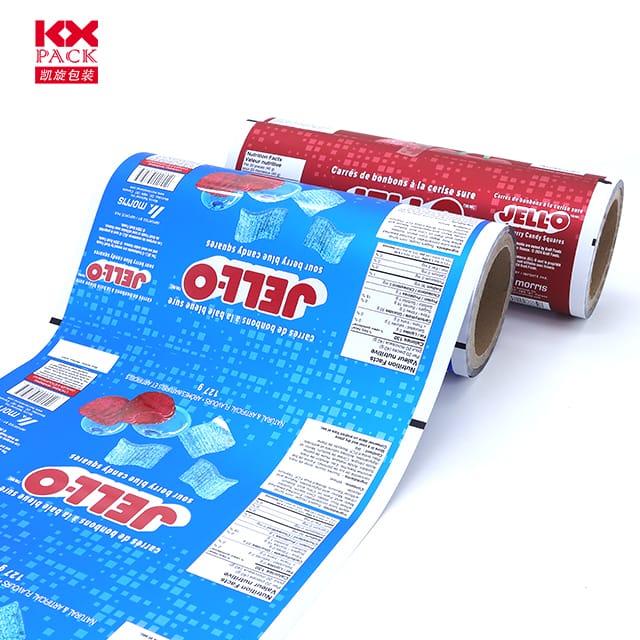Kemasan film inovatif untuk makanan: Menjaga kesegaran dan keberlanjutan
Kemasan film
In today’s fast-paced world, kemasan makanan telah berkembang melampaui peran tradisionalnya yang hanya sekedar melindungi dan menyajikan produk. Kemasan film modern untuk makanan tidak hanya menjamin keamanan dan kesegaran makanan kita namun juga berperan penting dalam mendorong keberlanjutan dan mengurangi dampak terhadap lingkungan.. Let’s delve into the fascinating world of innovative film packaging for food and explore how it is transforming the industry.
The Evolution of Film Packaging
Film packaging for food has come a long way from simple wrappers and bags made from basic plastics. Hari ini, we have a wide array of materials and technologies at our disposal, each designed to meet specific needs in terms of shelf life, transportability, and environmental friendliness. Materials like polyethylene (pe), polipropilen (PP), poliester (MEMBELAI), and ethylene vinyl alcohol (Evoh) are commonly used, offering a balance between barrier properties, fleksibilitas, dan efektivitas biaya.
Menjaga Kesegaran
One of the primary functions of film packaging is to extend the shelf life of food products by creating a barrier against oxygen, kelembaban, dan kontaminan. Kemasan suasana yang dimodifikasi (PETA) is a popular technique where the gas composition inside the package is controlled to slow down oxidation and microbial growth. This not only preserves the quality and taste of the food but also reduces the need for preservatives.
Active packaging technologies further enhance freshness by incorporating additional layers or additives that can absorb gases, release antioxidants, or even indicate spoilage through color changes. These intelligent packaging solutions are particularly beneficial for perishable goods like fresh produce, daging, and dairy products.
Promoting Sustainability
Ketika konsumen menjadi lebih sadar lingkungan, the demand for sustainable packaging solutions is growing rapidly. Biodegradable and compostable films made from plant-based materials such as polylactic acid (PLA), polyhydroxyalkanoates (PHA), and cellulose-based derivatives are gaining traction. These materials offer a reduced carbon footprint compared to conventional plastics, as they decompose naturally after disposal.
Moreover, circular economy principles are being integrated into film packaging design. This involves creating packaging that can be easily recycled or reused, minimizing waste generation. Film multi-layer, for instance, are now being engineered to be separable, allowing for efficient recycling of each component material.
Innovations in Film Packaging
The future of film packaging for food is incredibly exciting, with ongoing research and development pushing the boundaries of what’s possible. Nanoteknologi, Misalnya, is being explored to create ultra-thin films with enhanced barrier properties, reducing material usage and improving performance. Kemasan Cerdas, incorporating sensors and RFID tags, can monitor the condition of food in real-time, providing consumers with accurate information about freshness and safety.
Edible films and coatings, made from natural ingredients like gelatin, selulosa, and wax, are another innovative approach. These films not only protect food but can also add nutritional value or enhance the sensory experience.
Kesimpulan
The evolution of film packaging for food reflects a commitment to innovation, Keberlanjutan, and consumer well-being. By continuously advancing materials, teknologi, and design strategies, the industry is addressing the challenges of food preservation, waste reduction, and environmental protection. As we move towards a more conscious and sustainable future, the role of film packaging in ensuring the safety, kualitas, and appeal of our food will become even more critical. Stay tuned for the next wave of innovations that will continue to shape the future of food packaging.






